By: Ashley Auerbach and Brooke Stroosma, UW Undergraduate students majoring in biology and environmental studies
Carbon dioxide emissions are intensifying ocean acidification, changing ocean temperatures, and reducing dissolved oxygen — affecting ecosystems all along the West Coast of North America, causing serious physiological stress on marine species. Damaging effects are already being seen in the California Current Large Marine Ecosystem (CCLME). Dr. Terrie Klinger, Director of University of Washington’s School of Marine and Environmental Affairs, spoke about the issue this week for the Bevan Series.
What do we know?
The ocean absorbs approximately ¼ of the carbon dioxide that we emit into the atmosphere by burning fossil fuels (NOAA). Increased carbon dioxide in the atmosphere is making the ocean waters more acidic, called ocean acidification. Hypoxia, defined by low or depleted oxygen levels in a body of water, is also increasing across oceans. When waters become hypoxic, they are unable to support most aquatic life and are known as dead zones. Together, ocean acidification and hypoxia, or “OAH”, are negatively impacting marine ecosystems.
When carbon dioxide is absorbed by seawater, chemical reactions occur that reduce the pH of seawater, carbonate ion concentration, and saturation states of calcium carbonate minerals (Somero et. al 2016). As carbon dioxide levels increase in the atmosphere, more is absorbed into the ocean waters. When water and carbon dioxide mix, they create more carbonate and lower the ocean’s pH.

Figure 1: Representation of the processes affecting the expression of OAH in coastal waters. Retrieved from: Klinger et al. 2017
What can we expect?
These changes in the chemistry of the ocean will have a huge impact on the organisms that live there. Marine organisms require certain conditions in order to survive and thrive in their environment. Carbonate is particularly important for marine shellfish, organisms that produce shells from calcium carbonate dissolved in the water. Ocean acidification inhibits the ability of shellfish to utilize calcium carbonate and results in decreased structural integrity of the shells and smaller animals, making it harder for them to grow and survive.
Lobsters, oysters, and corals are all at risk. These species rely on a carbonate exoskeleton as a protective shell, and may grow more slowly and, in the case of corals, be more vulnerable to damage or dissolve completely.
Some marine species may be able to cope better than others. For example, Dr. Klinger describes the tolerance of Humboldt squid to environmental changes in a recent research paper. Due to their vertical migrations, or daily movements between shallow and deeper waters, Humboldt squid are tolerant of a greater range of oxygen levels, temperature, and pH. The shallow water is rich in oxygen, whereas deep water is colder, less oxygenated, and carbon dioxide rich.
Interestingly, Humboldt squid rely on this environmental variation to thrive. Through vertical migration, Humboldt squid regulate their metabolic activity. Under elevated carbon dioxide conditions typical in deeper waters, squid activity decreases, and metabolism is suppressed by lower oxygen. Movement back to the surface replenishes their ability to swim fast – a benefit to catch prey and avoid predators. Any changes in this vertical habitat could be detrimental to squid and other animals that rely on similar environmental variation. The physiological response of marine species to environmental changes in the ocean is complicated, and ongoing research continues to reveal all of the possible effects of OAH.
What can we do?
Dr. Klinger suggests that OAH be considered more carefully in ecosystem management decisions, and that it be added to the design criteria for Marine Protected Areas (MPAs; Klinger et. al 2017).
Ecosystem based management plans need to enhance ecological resilience and adaptive capacity in the CCLME. Existing management plans can be a starting point, and current research on OAH impacts to animals’ physiology provide understanding for policy to address complex environmental interactions (Somero et al. 2016).
The CCLME already has MPAs, coastal management plans, and fishery management councils. MPAs, which come in various forms including no-take areas, limited takes areas, and educational areas, might allow some adaption to OAH. For example, species that occur in areas that already have high rates of OAH may have a higher tolerance to ocean acidification, and an MPA in this area could help these species adapt to change.
Current coastal management plans can integrate OAH into decisions by conducting research, protecting certain areas, informing locals of action plans, and improving overall understanding of the issue. For example, seagrass and kelp beds can protect habitats and maintain local pH through carbon assimilation and sequestration. This type of research will hopefully help decrease some of the impacts of ocean acidification.
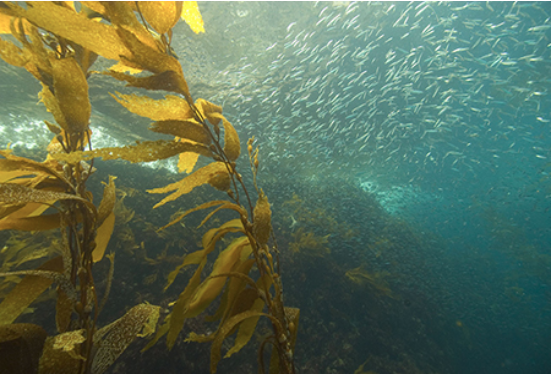
Image 2: Harvesting kelp to remove CO2 from the CCLME. Retrieved from: http://e360.yale.edu/features/kelp_seagrass_slow_ocean_acidification_netarts
Fisheries managers are also working to manage under a changing climate. During the Pacific Fishery Management Council meeting in 2013, an ecosystem-based management plan was adopted. This plan aims to “sustain the full range of functional groups in the fisheries ecosystem, account for key processes and feedbacks, and allow consideration of more environmental variables and uncertainties” (Klinger et al. 2017). Although improvements have been made, a better understanding of OAH impacts by all policy makers and stakeholders is needed. This can be done by holding meetings open for all and communicating research findings more clearly to the public.
Every time I get on an airplane I ask myself if the trip is really worth it
– Dr. Klinger
So what can you, the reader, do? After listening to Dr. Klinger’s lecture we thought to ourselves about ways individuals can address changing ocean chemistry, and asked Dr. Klinger if she had any ideas. She said as individuals we need to reduce anthropogenic carbon emissions by learning about our carbon footprint and making differences in our daily lifestyles. “Every time I get on an airplane I ask myself if the trip is really worth it”, says Dr. Klinger. She mentioned that she is starting to make changes in her own life, like riding her bike to work everyday.
With continued research by scientists including Dr. Terrie Klinger, and passion from students in the Bevan Series, we can help to educate and generate political action around the issues of global oceanic change.
Relevant further readings: Pacific Coast Fishery Ecosystem Plan References Bednaršek N, et al. 2014. Dissolution dominating calcification process in polar pteropods close to the point of aragonite undersaturation. PLOS ONE 9 (art. e109183). Cayla Dengate. “Lobsters and Oysters Are at Risk From Ocean Acidification, Not to Mention the Great Barrier Reef.” Huffington Post, May 4, 2016. http://www.huffingtonpost.com.au/2016/05/04/ocean-acidification-australia_n_9835146.html George N. Somero, Jody M. Beers, Francis Chan, Tessa M. Hill, Terrie Klinger, Steven Y. Litvin; (2016). What Changes in the Carbonate System, Oxygen, and Temperature Portend for the Northeastern Pacific Ocean: A Physiological Perspective, BioScience, Volume 66, Issue 1, Pages 14–26, https://doi.org/10.1093/biosci/biv162 Hypoxia. NOAA. Retrieved January 31, 2018, from https://oceanservice.noaa.gov/hazards/hypoxia/ Klinger, T et al. 2017. Using integrated, ecosystem-level management to address intensifying ocean acidification and hypoxia in the California Current large marine ecosystem. Elem Sci Anth, 5: 16, DOI: https://doi.org/10.1525/elementa.198 Ocean Acidification: The Other Carbon Dioxide Problem. PMEL Carbon Program. NOAA. Retrieved January 31, 2018, from https://www.pmel.noaa.gov/co2/story/Ocean+Acidification Rosa, R., & Seibel, B. A. (2008). Synergistic effects of climate-related variables suggest future physiological impairment in a top oceanic predator. Proceedings of the National Academy of Sciences of the United States of America, 105(52), 20776–20780. http://doi.org/10.1073/pnas.0806886105 Somero, G et al. 2016. What changes in the carbonate system, oxygen, and temperature portend for the Northeastern Pacific Ocean: A physiological perspective. BioScience, 66: 1, DOI: https://academic.oup.com/bioscience UW Faculty: Terrie Klinger. School of Marine and Environmental Affairs University of Washington. Retrieved January 31, 2018, from https://smea.uw.edu/faculty/terrie-klinger/

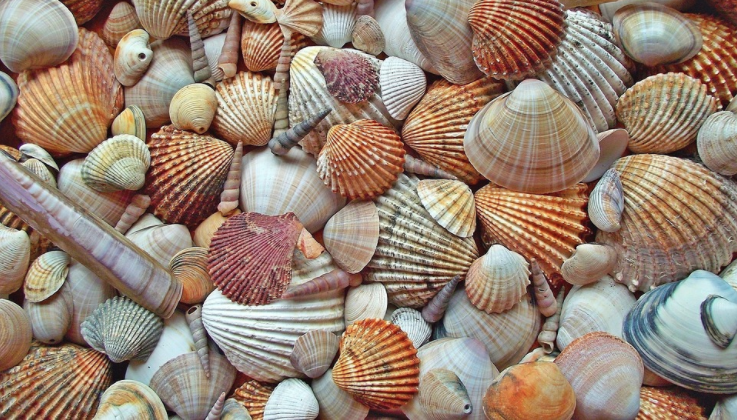

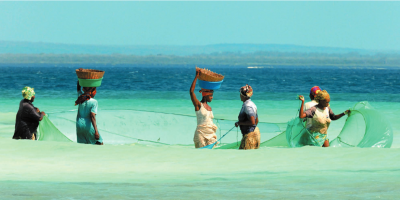
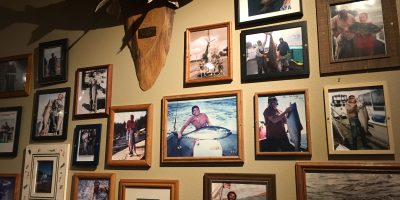
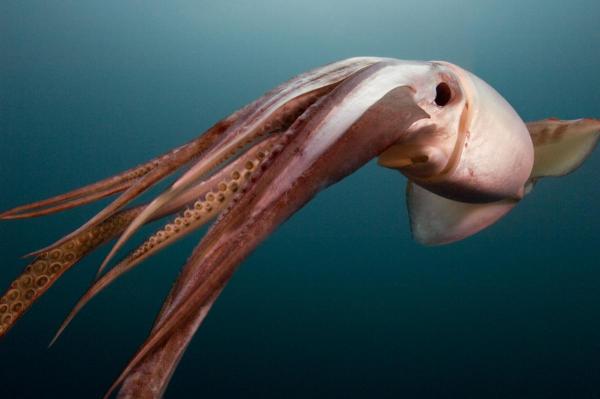

Leave a Reply